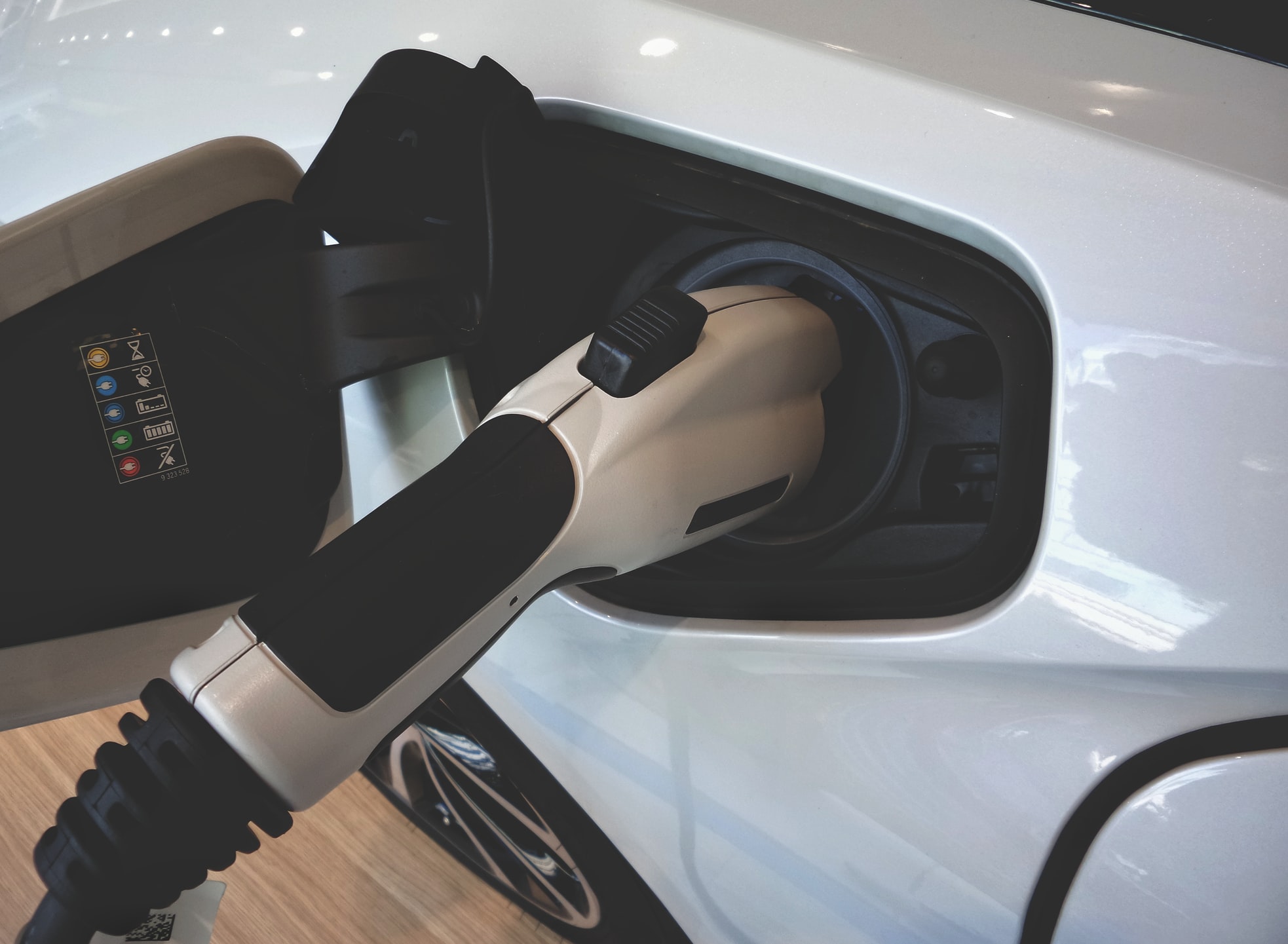'Founding Father' of lithium-ion batteries helps solve 40-year problem with his invention
28. 7. 2021 | Tech Xplore | www.techxplore.com
In the late 1970s, M. Stanley Whittingham was the first to describe the concept of rechargeable lithium-ion batteries, an achievement for which he would share the 2019 Nobel Prize in Chemistry. Yet even he couldn't have anticipated the complex materials science challenges that would arise as these batteries came to power the world's portable electronics.
One persistent technical problem is that every time a new lithium-ion battery is installed in a device, up to about one-fifth of its energy capacity is lost before the device can be recharged the very first time. That's true whether the battery is installed in a laptop, camera, wristwatch, or even in a new electric vehicle. The cause is impurities that form on the nickel-rich cathodes—the positive (+) side of a battery through which its stored energy is discharged.

To find a way of retaining the lost capacity, Whittingham led a group of researchers that included his colleagues from the State University of New York at Binghamton (SUNY Binghamton) and scientists at the Department of Energy's (DOE's) Brookhaven (BNL) and Oak Ridge National Laboratories (ORNL). The team used x-rays and neutrons to test whether treating a leading cathode material—a layered nickel-manganese-cobalt material called NMC 811—with a lithium-free niobium oxide would lead to a longer lasting battery.
Read more at Tech Xplore
Image Credit: Unsplash
-jk-




